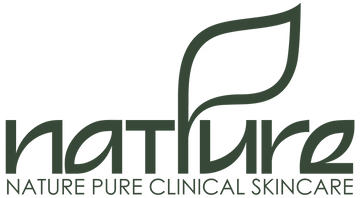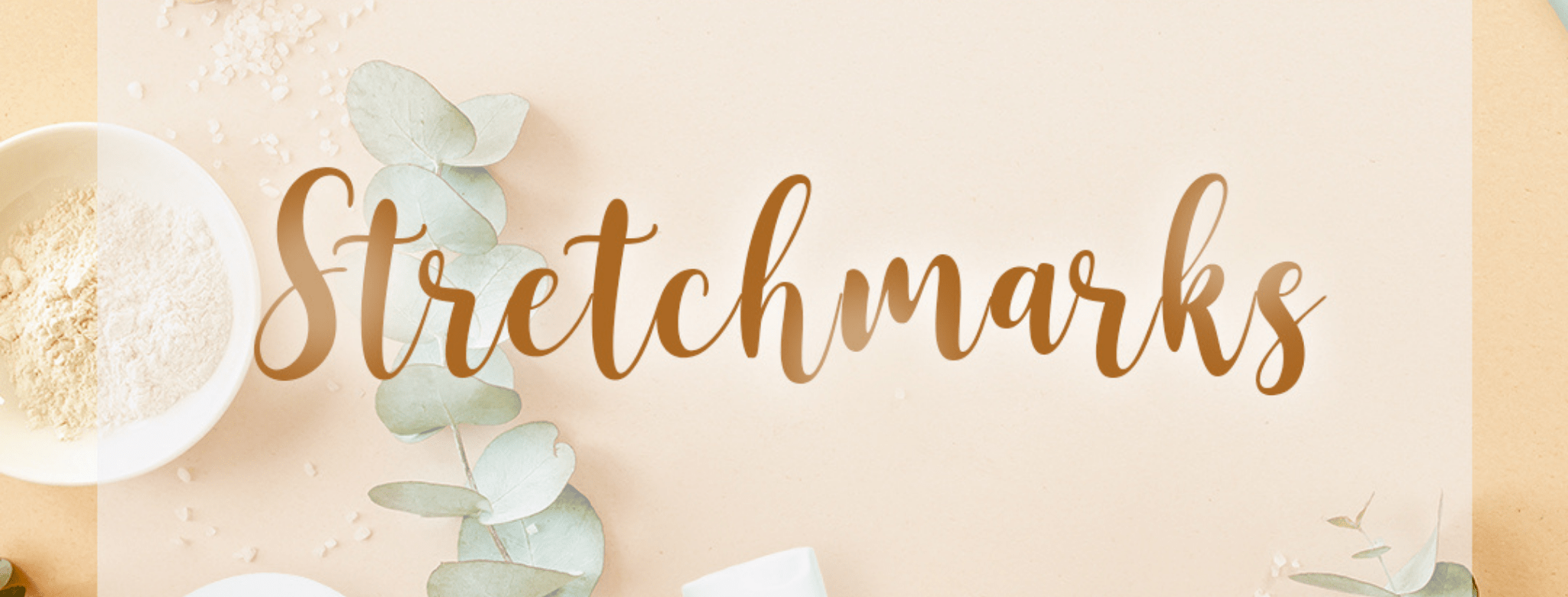Did you know that over 80% of women have Stretch marks?
The most common areas are on the stomach, waist, thighs, hips and on the breasts, but they can appear anywhere.
What happens is there develops ruptures in the extracellular matrix which is made up of collagen & elastin fibers.
This is especially a major concern for Moms, who are more susceptible to Stretch Marks due to the changes in hormone levels and stretching of the skin during pregnancy.
Let’s take a deeper dive into understanding the actual epidermal issue.
Stretchmarks, much like scars, are compacted compromised collagen fibers.
When skin expands faster than the skin’s elasticity can keep up with, this causes ruptures in the extracellular matrix, made up of collagen and elastin fibers.
These are some of the most common causes of Stretch Marks
- Adolescent growth spurts
- Pregnancy
- Dramatic or rapid changes in weight
- Body Building
- Hormone fluctuations
- Increase in cortisol levels (Stress can be a culprit)
- Certain steroid medications
Newly developed Stretch Marks are typically dark in color and may appear pink, red or purple. They are often inflamed and raised above the skin.
To roughly describe their most common appearance, they are sort of like freshly developed closed epidermal wounds, webbing along the skin like protruding veins.
Aged Stretch Marks become closer to the color of your skin, but they stand out because they are lighter in color than the surrounding skin.
If you were wondering, what about tanning the stretch marks away, Stretchmarks do not tan because there is no melanocyte activity in the area, as with any scar tissue.
How can Stretch Marks be corrected?
You have 2 options –
- The invasive medical option, laser, which you can speak to your doctor about.
- The slow, and steady option, which is a non-invasive holistic approach.
If you want to correct the appearance of stretch-marks holistically, you must commit and you’ll achieve cumulative results!
It requires daily consistency & patience.
Key Components of Treating Stretch Marks –
- Exfoliate. Gently remove the outer layer 1-2 times a week to begin to breakup the surface keratins, and prep the skin to better respond to the rest of the treatment steps. Apply 2-3 pumps to dry skin, of Dead Sea Salt Crystal Peel, and massage along the stretch-marks. Dead keratin will roll off the surface, continue to massage in small circles until nothing else is rolling off.
- Boost Collagen Reproduction. Enhance penetration of collagen regenerating actives while topically creating superficial wounds or micro-channels into the outer most layer of the skin with dermal rolling 2-3 times a week. Using your sterilized CIT Roller, roll over the stretch-marks in 10-12 passes in the following directions: up, down, diagonal right, and diagonal left.
- Stretchmarks Minimizing Bio-Active Therapy. Repair the extracellular matrix to help soften the appearance of stretch marks 1-2 times a week. Apply 2-3 pumps of Revitalizing Fruit Complex to stretch mark scars. The advanced bio actives & peptides show a decrease in stretch mark depth by -72%.
- Hydrate, Nourish & Moisturize. Keep the area well balanced & comfortable is one of the most important steps to helping prevent further worsening of Stretch Marks. Moisturize the skin 1-2 times a day. Furthermore by providing a proper occlusive or moisturizing barrier, this will help improve the appearance of Stretch-marks as well. Apply a teaspoon to a tablespoon amount of Golden Body Oil to all areas with stretch marks or susceptible to it.
Click here to see the Stretch Marks Be Gone Home Repair Kit.
Includes –
- Dead Sea Salt
- Sterilizing Solution
- CIT Roller
- Revitalizing Fruit Complex
- Golden Body Oil

